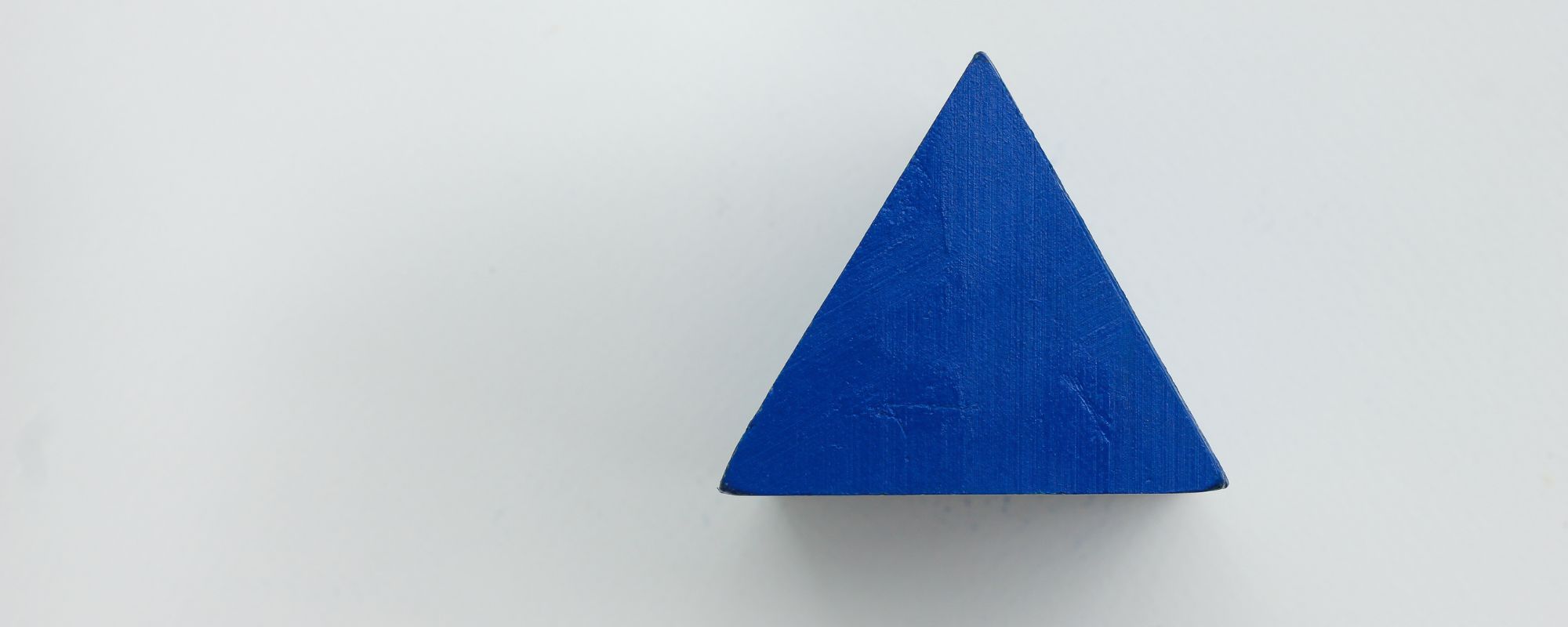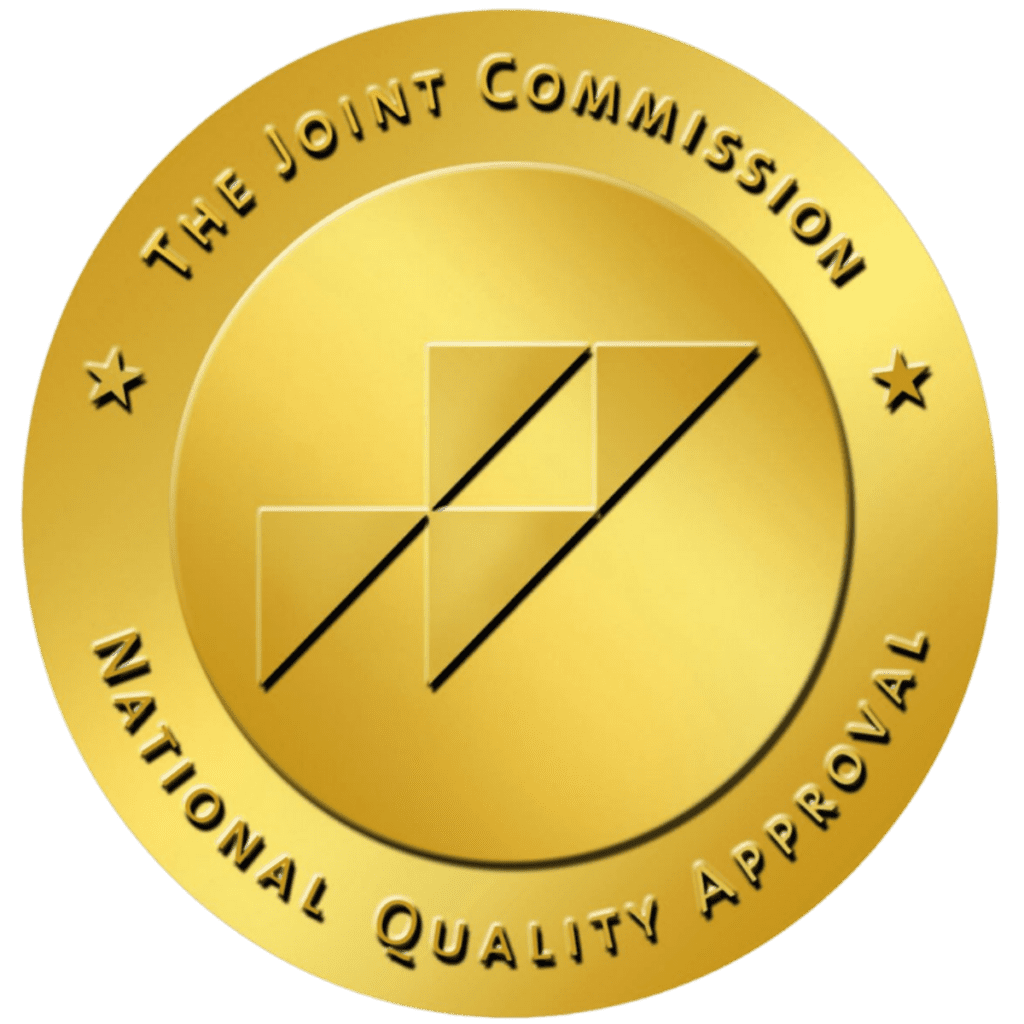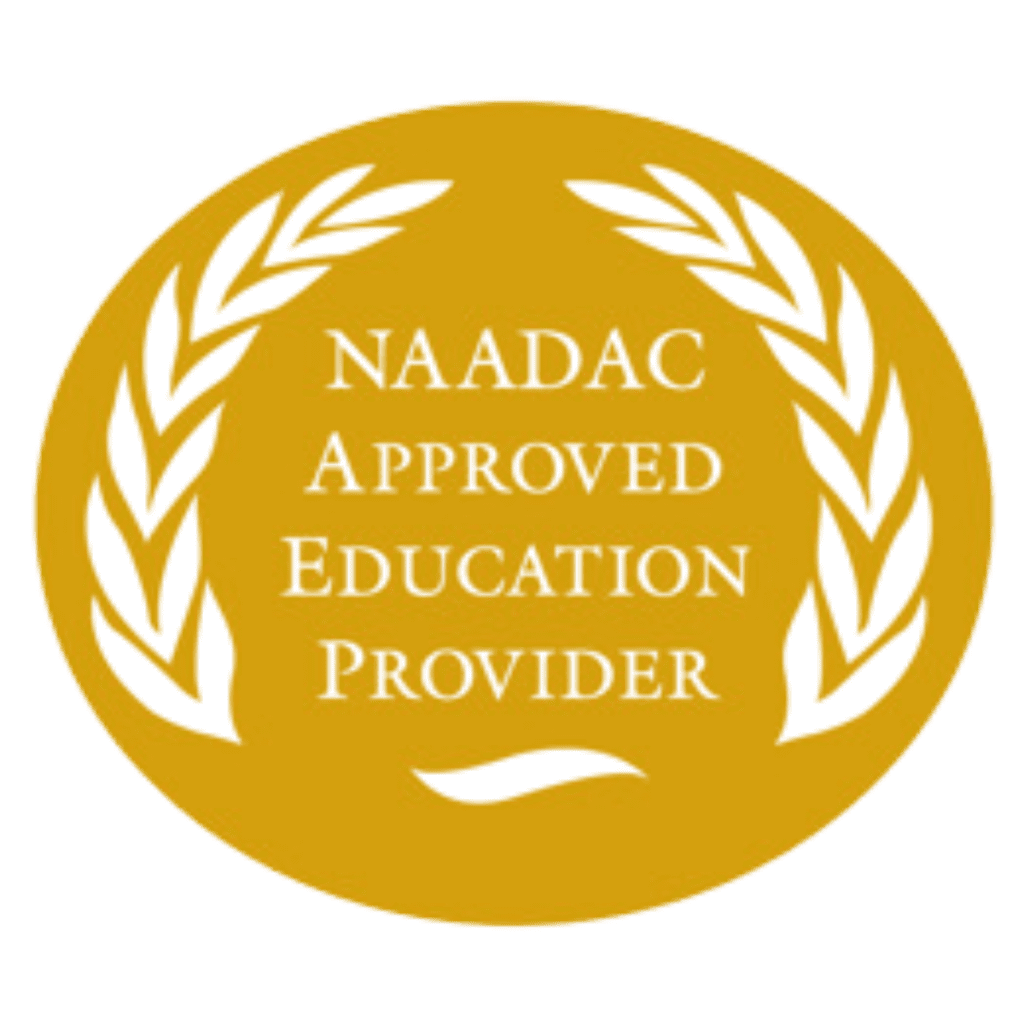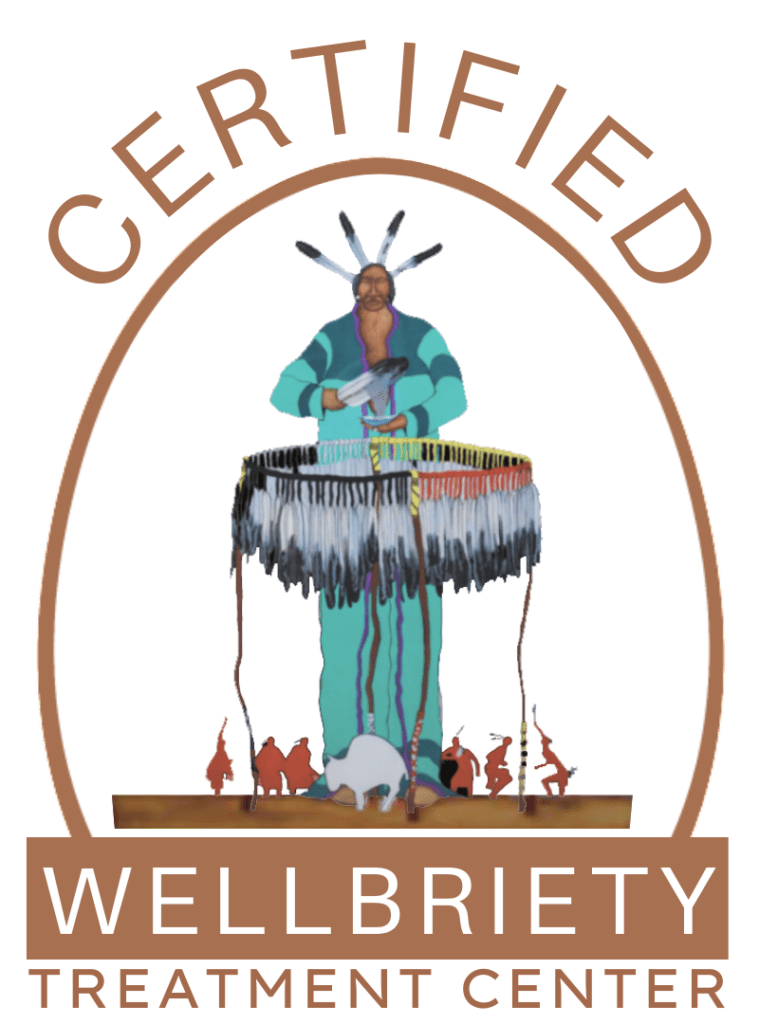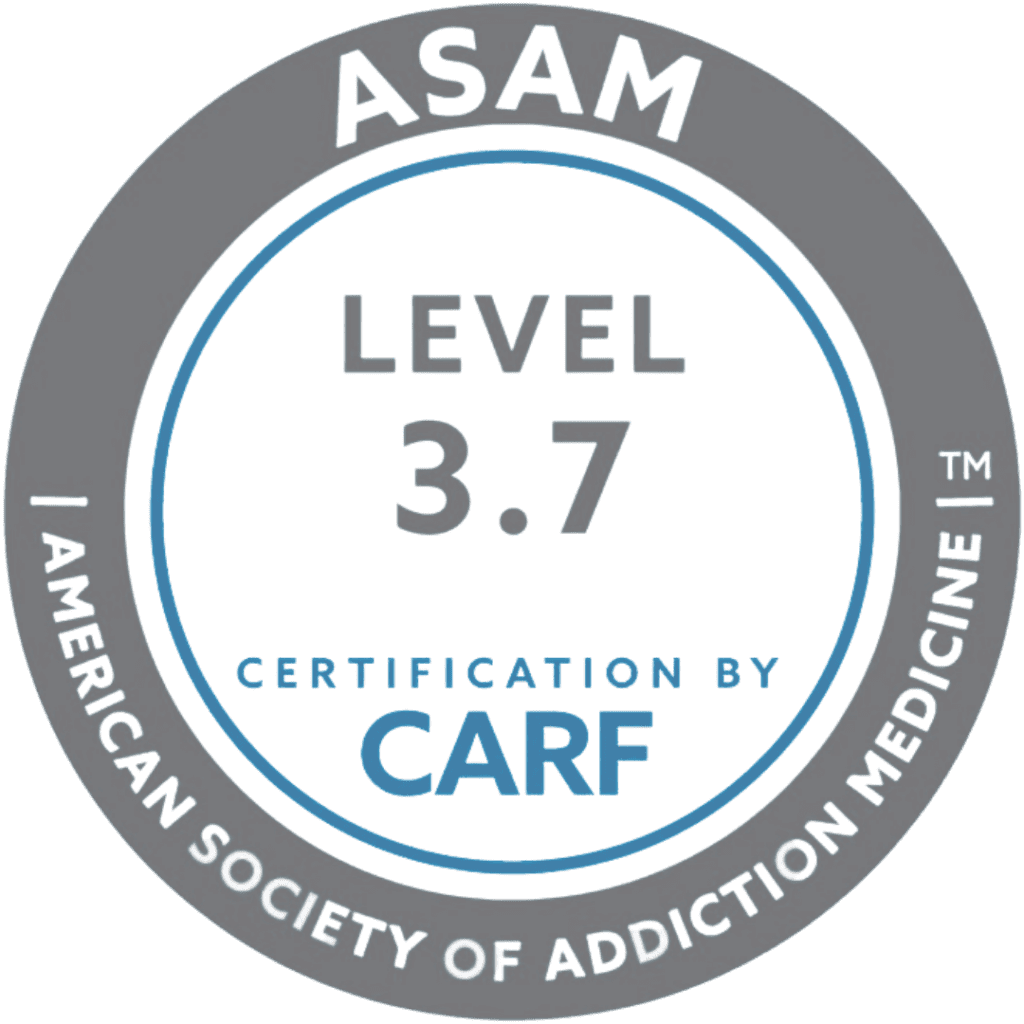The world is facing a growing opioid crisis, shedding light on the need for a deeper understanding of opiates, their effects on the body, and the journey to recovery. How long do opiates stay in the body? What’s addiction like, and what are the symptoms of withdrawal? Sharing knowledge about this dangerous family of drugs can increase awareness and prevent the crisis from getting worse.
What Kind of Drugs Are Opiates?
Opiates are a class of drugs derived from the opium poppy plant. The opium poppy plant, Papaver somniferum, is the source of natural opiates like morphine and codeine. They go by a range of slang and street terms, including smack, H, dope, blues, hillbilly heroin, and oxy.
Opiates have a long and complex history dating back thousands of years. Their story begins with the ancient Sumerians who cultivated the opium poppy around 3400 BC using it for its pain-reliving and euphoric properties. Throughout history, opium-based remedies gained popularity in various cultures, from ancient Egypt to Greece and Rome.
In the 19th century, opium was widely used in Europe and the U.S., often in the form of laudanum, a potent opium extract. However, the development of synthetic opioids like morphine and heroin in the 19th and early 20th centuries introduced medical advancements as well as an addiction crisis. This led to an increase in regulations and the eventual classification of opiates as controlled substances in many countries. Today, opiates remain a crucial tool in modern medicine for pain management but also pose major challenges due to their potential for abuse and addiction.
Opiates vs. Opioids
While the terms “opiates” and “opioids” are often used interchangeably, there are differences. Opiates refer specifically to substances derived from the opium poppy, whereas opioids are in a broader category, including synthetic and semi-synthetic drugs that mimic the effects of natural opiates.
Types of opiates and opioids include:
- Natural opioids, also called opiates, come from the opium poppy plant. These include morphine and codeine.
- Semi-synthetic opioids are created in labs and derived from natural opioids. These include hydrocodone, hydromorphone, oxycodone, and heroin.
- Synthetic opioids are created in labs and are entirely humanmade. These opioids include fentanyl, methadone and tramadol.
What Are the Signs and Symptoms of Opiate Abuse?
Opioid addiction, or opioid use disorder (OUD), is a complex illness that’s recognized by the compulsive use of opioid drugs. In other words, you can’t help but use the drug over and over again. Even when the person wants to stop, or when using the drugs negatively affects the person’s physical and emotional well-being, they just keep using it.
Physical signs of opiate abuse include:
- Pinpoint Pupils: Constricted (pinpoint) pupils, even in dim lighting conditions
- Drowsiness and Nodding: Extreme drowsiness, sometimes falling into a “nodding” state, switching between consciousness and semi-consciousness
- Slurred Speech: Impaired motor skills can result in slurred speech
- Skin Changes: Itching, rashes, or track marks from injection
- Respiratory Depression: Slowed breathing that can be life-threatening
Mental signs of opiate abuse include:
- Euphoria: Intense feelings of euphoria or well-being when high
- Mental Fog: Impairment and difficulty concentrating
- Mood Swings: Rapid mood swings, from euphoria to irritability
- Anxiety and Depression: Heightened anxiety and depression
Behavioral signs of opiate abuse include:
- Social Withdrawal: Isolation from friends and family
- Neglecting Responsibilities: Avoiding work, school, or familial responsibilities
- Financial Problems: Funding the habit can result in financial difficulties
- Paraphernalia: Needles, syringes, spoons, and burnt aluminum foil may be found in the vicinity of opiate use
Get confidential help from our addiction and mental health treatment facilities located across the United States. Call to join one of our quality programs today!
Speak With Our Admissions TeamHow Long Do Opiates Stay in Your Body?
Opiates typically stay in the body for a relatively short time. The half-life — or time it takes for half of the drug to be eliminated — varies among opiates. For example, the half-life of heroin is about 3 to 8 minutes, while morphine’s half-life ranges from 1.5 to 6 hours. The way it’s taken, whether it be injection, pill form, or smoking, can affect how quickly the drug stays in the system.
How Long Does Opiate Withdrawal Last?
The timeline for opiate withdrawal symptoms can vary depending on the type of opiate used and your tolerance. Generally, withdrawal symptoms begin within 6 to 30 hours after the last use and peak within 72 hours. However, some symptoms of opiate withdrawal, like cravings and mood disturbances, can go on for weeks or months.
Drug tests, such as urine, blood, or hair tests, can detect the presence of opiates for varying amounts of time. Urine tests can typically detect opiates for 1 to 3 days after use, while blood tests may be effective for up to 24 hours. Hair tests have a longer detection window and can reveal opiate use for several months.
Can You Die from Opiate Withdrawal?
Worldwide, about 600 000 deaths were attributable to drug use in 2019. Close to 80 percent of these deaths are related to opioids, with about 25 percent of those deaths caused by opioid overdose. According to WHO estimates, approximately 125 000 people died of opioid overdose in 2019. Opioid overdoses that don’t lead to death are much more common than fatal overdoses.
Looking for quality treatment for substance abuse and mental health that’s also affordable? Aliya Health Group's treatment facilities accept most major insurance providers. Get a free insurance benefits check now!
Check Your CoverageWhat Is Opioid Addiction Treatment Like?
As with most chronic diseases, opioid addiction is treatable. While no single treatment method is right for everyone, recovery is possible, and help is available.
Opioid addiction treatment can vary depending on the patient’s individual needs, occur in a variety of settings, take many different forms, and last for varying lengths of time. The overall goal of treatment is to return you to your life, functioning productively in your family, workplace, and community. In many cases, dual diagnosis is used to treat both drug addiction and any co-occurring mental health disorder like anxiety or depression.
Evidence-based approaches to treating opioid addiction include a combination of medications and behavioral therapy. Your treatment plan many include:
Opioid Detox
Detox eliminates opioids from the body and manages opiate withdrawal symptoms. Medical supervision during detox is crucial to ensure safety and comfort. Drugs like opiates and even alcohol addiction can cause withdrawal symptoms. That means detox is a necessary first step.
Medication-Assisted Treatment (MAT)
To decrease cravings and reduce the risk of relapse, medications such as methadone, buprenorphine, or naltrexone may be prescribed and closely monitored by healthcare professionals.
Behavioral Therapy
Individual and group therapy sessions address psychological and emotional aspects of addiction, help develop coping strategies, and provide support from peers and counselors.
Aftercare and Relapse Prevention
After completing initial treatment, individuals often transition to aftercare programs for ongoing support, counseling, and resources that help maintain sobriety.
Seeking Opiate Abuse Treatment
Aliya Health Group is committed to providing comprehensive opioid abuse treatment services. We provide a full continuum of care within our addiction treatment programs including:
- Detoxification (Detox): Our medically supervised detox program ensures clients’ safety and comfort during the early stages of recovery.
- Residential Treatment: For those requiring a structured and supportive environment, our inpatient rehab program provides 24/7 care, individual and group therapy, and holistic approaches to healing.
- Partial Hospitalization Program (PHP): Our PHP offers a step-down level of care, allowing clients to receive intensive treatment while maintaining some flexibility in their daily lives.
- Intensive Outpatient Program (IOP): The IOP at Aliya Health Group provides ongoing therapy and support for those transitioning from more intensive levels of care.
- Outpatient Services: Our outpatient rehab services are designed to help individuals maintain their recovery and build essential life skills.
Understanding the signs of opiate abuse, the duration of opiates in the body, and the treatment options available is essential in the battle against opioid addiction. Aliya Health Group stands ready to assist individuals seeking recovery from opioid abuse. We have a treatment facility ready to help you overcome substance abuse and prescription opioid addiction. Contact us today by calling 888-973-2078 to see what we can do for you or your loved one.









